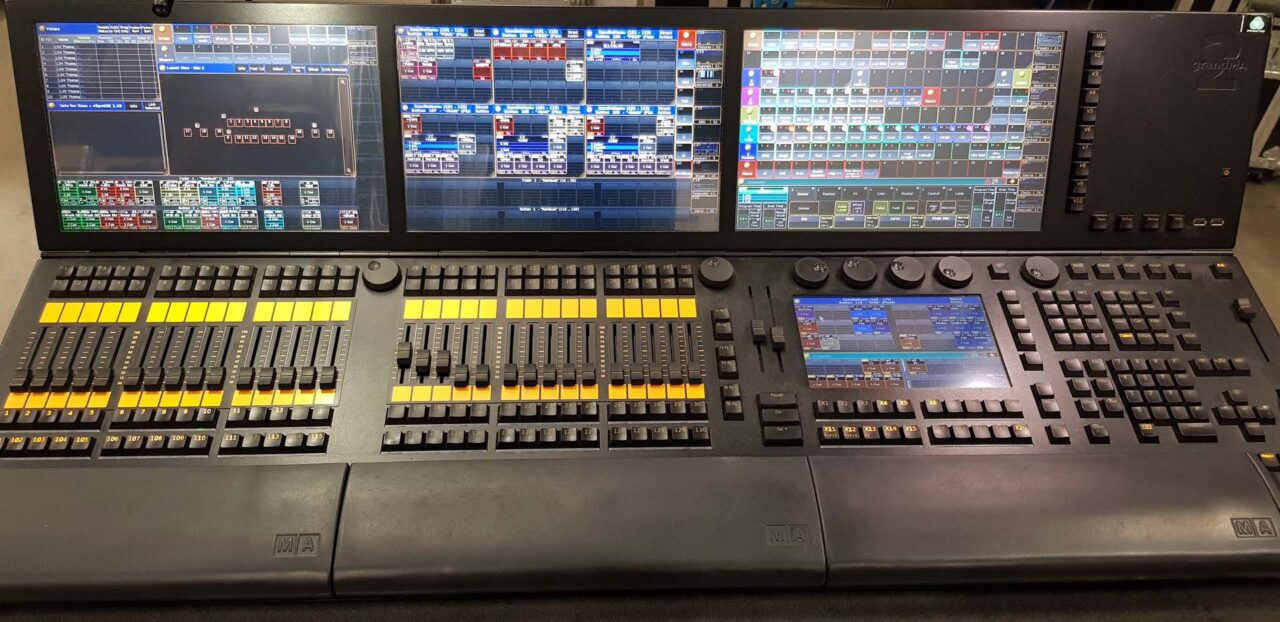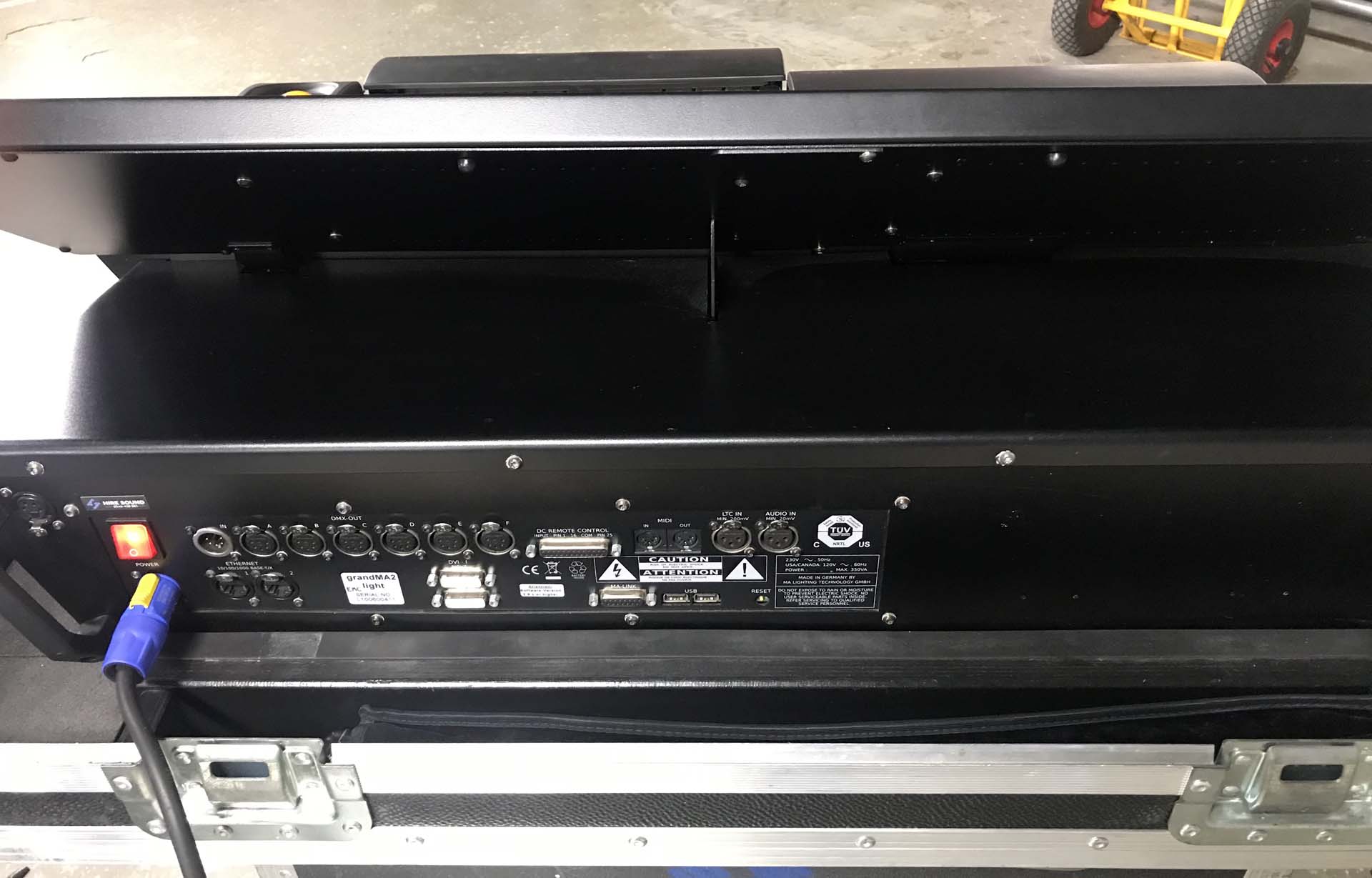

That is a LOT more work then just being able to specify a patch layer in a user field. Then I have to make sure all those classes are turned on or off in whatever viewports and saved views. Then that goes back to designing my VW plot layer or class structure around the grandMA patch: Having to build classes solely for patch. So let's say if we do patch by "genre", would the new class options by VWX Spotlight help? Those new classes such as "Lighting-Moving Lights", "Lighting-Conventionals" that are automatically, and somewhat annoyingly added. So exporting layers to MA via Position came naturally in my option. I do that because its easier for chief electricians to trace patch IDs on the console and sometimes, technicians (not the chiefs of course) get rotated on shifts, so that makes things somewhat easier. I usually patch by position, which granted is definitely a more laborious way of patching as opposed to "genre". I guess it's a matter of preference as to how MA layers are setup. But as a student, I would say creating a spreadsheet template and generating your paperwork manually would be great practice. Lightwright is a great program to speed up workflow. They get more complicated with the DLVP for vertical positions, but that's generally the gist of it. Yeah, what DesignerOfLight said just click File>Export>Export Instrument Data, and select whatever fields you want. Always so much to learn on the forum I usually set up my plot with layers for the venue, scenic (one layer per act/scene), and for lighting, I tend to split them into overheads, floor/booms, Front of House. Interesting how we set up our lighting plots. Where am I entering the layer info in the patch and a user field?

I'm not sure how having a user field for layer is entering data twice. Since those don't jive with anything I would do in Vectorworks, those are out. On MA, I have layers separated by "genre".so "Conventional", "Movers", "LED", "Worklights", "FixtureMart". In no way would I design my Design Layer and Class structure around exporting to MA, so those two are out. And I have classes for lots of things, but I do not class fixtures based on layer. But I know that my plots have layers for scenic, rigging, fixtures, cable, racks, etc. Now, I don't know how you draft your plots, or how you do your layers on MA. The plugin gives you four options for exporting layers from Vectorworks to MA: Design Layers, Classes, Fixture Type, or Position. The point of the plugin is to streamline workflow so having another user field data entry sounds counterintuitive? In fact, with the way I already draft lighting plots, the plugin sort of works intuitively you get a few options as to how you want to approach the export, so there might be one that suits others better.Īs for deriving from user fields, of course that's a nice thing to have, but then that means entering data twice, once in your patch and then in the user fields. You may need to ‘Change Executor/Fader’ in the ‘Track Functions’ window of the timecode list to the executor the sequence is assigned to.I wouldn't actually say that the VW drawing needs to be designed specifically around the export. TIMECODE_NUMBER is the timecode number you wish to import the timecode list to. NAME_OF_FILE is the name of the timecode XML file you wish to import. To import the timecode XML file, you first need to back up the directory structure, so type:.You will probably want to assign the sequence to an executor. You will see the results of the import posted in the command line window. Typically this would be the sequence number you specified when you ran the script to export the XML file. SEQUENCE_NUMBER is the sequence number you wish to import the sequence to. NAME_OF_FILE is the name of the sequence XML file you wish to import. Now to import your sequence file, type:.Type the following pressing return after each line: First you need to navigate to the sequence pool.You now need to type some commands on the command line to import the files. Once you have inserted the USB stick into the console (or onPC), you need to select the USB disk in the Backup window.

They must be in the ‘importexport’ folder within the gma2 folder. Once you have the two XML files, one for the sequence, and one for the timecode, you should place them onto a USB stick.


 0 kommentar(er)
0 kommentar(er)
